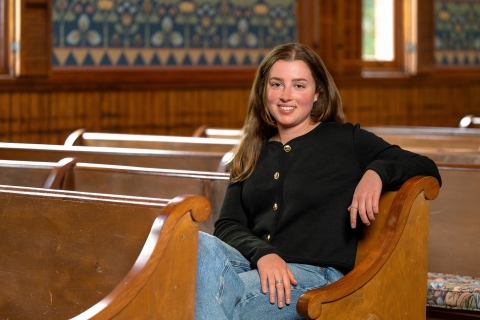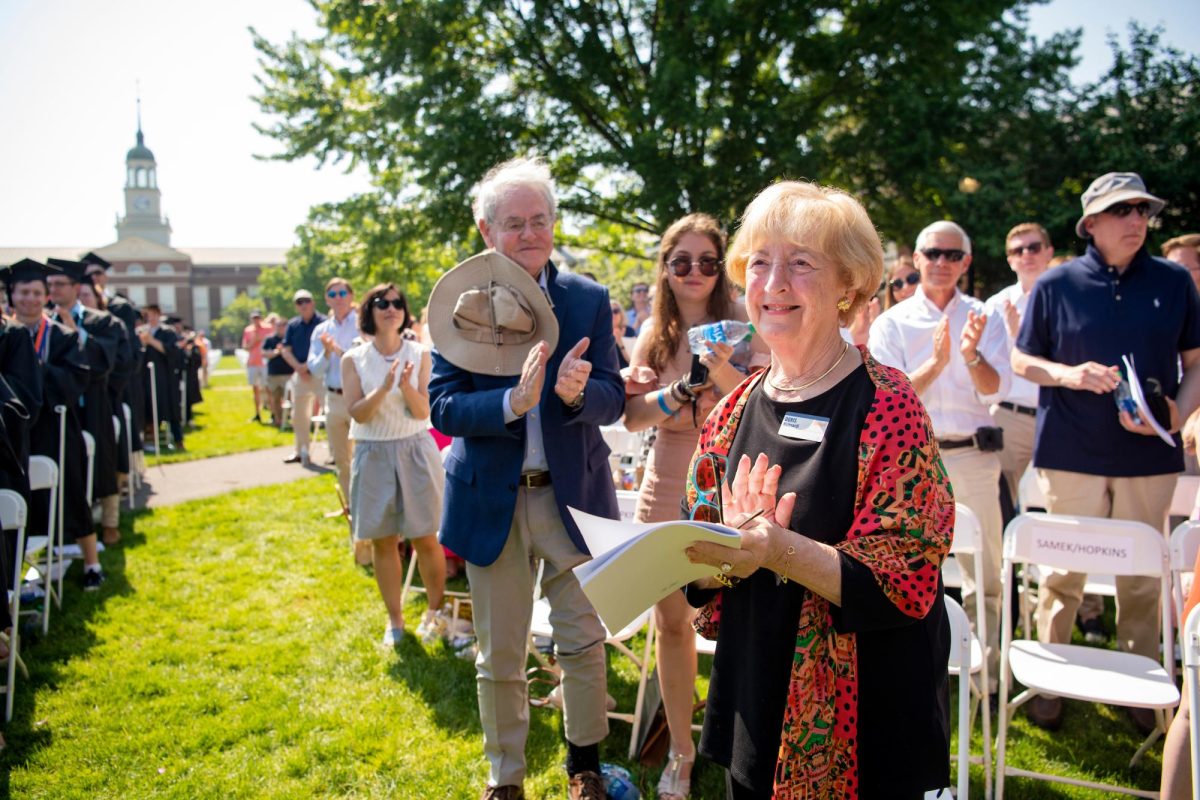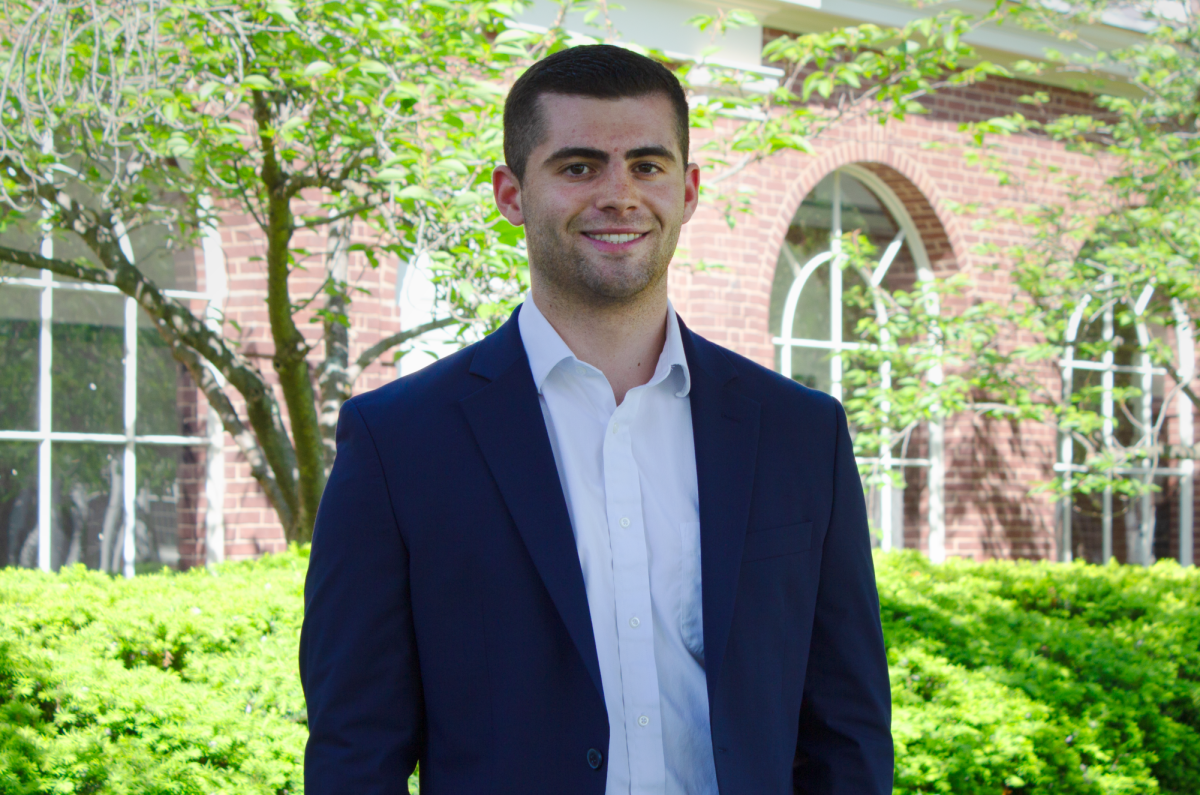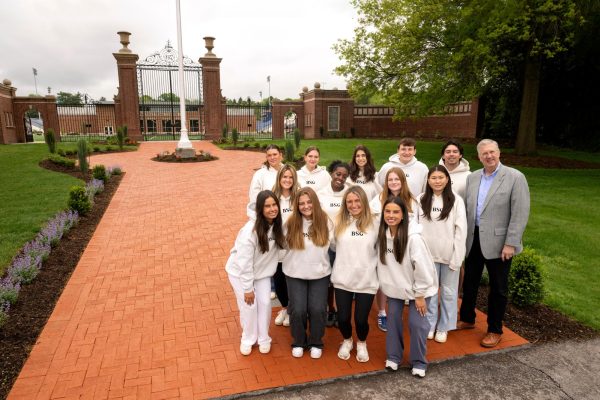Editorial: The reality of the situation
This week, our front-page feature discusses the discrepancies between a University professor’s sexual assault research and members of the University administration’s perception about it. While there may be some technical issues that need clarification, the real issue isn’t about the research. The real issue is about the sexual misconduct that occurs on our campus.
Two weeks ago, our issue highlighted hazing on the men’s lacrosse team. Now, we are talking about the facts and figures of sexual assault and the frequency of unwanted (i.e. without consent) sexual experiences at our University. While the numbers of published research should indeed accurately reflect “sexual assault” versus “sexual experiences,” and everyone should understand what this means (students, faculty, staff, and administration), there is no ignoring the fact that students may put themselves at risk if they decide to attend downtown parties while intoxicated. That goes for anyone, anywhere, on any college campus in the nation.
It is disheartening to realize that in our perfect “bubble,” people mistreat one another and negative incidents do occur. Just recently, Steve Barilar, Chief of Public Safety, emailed the student body about a female student who experienced assault and sexual advances in the wee hours of the morning. Sure, it’s a small town, but students should know to always keep their wits about them. Even if incidents like these always come as a surprise, we can never truly let our guard down. While students are more than often praised for the good things they do‒whether academically, on an athletics team, or for the community‒and should indeed receive this praise, there are definitely times when students’ actions are not praiseworthy. It is important to stay aware of the good and the bad; both are an important part of our campus culture.
While research about “sexual assault” may or may not cause people to question the methods, definitions, and data, each instance of sexual misconduct on our campus‒no matter how profound of an act or how subtle‒is impactful and harmful to students. It would indeed make sense for faculty, administration, and students to all align with the same definition of “sexual assault” to quell any confusion about the frequency of these issues on our campus. No one should feel misinformed about these facts, but the greater point is that no one should feel unsafe or afraid, either. No matter what the research reflects, it is time to pay more attention to how we treat one another in class, on the field, at downtown parties, and/or when we’re alone with someone else. Just because things happen behind closed doors or in a dark alley doesn’t mean that the incident is private. The impact is one that students carry with them beyond the confines of a dorm room wall or when the night turns to day. Above all, the psychological burden students may carry from these incidents is the most upsetting; these incidents need to be put to an end.





















